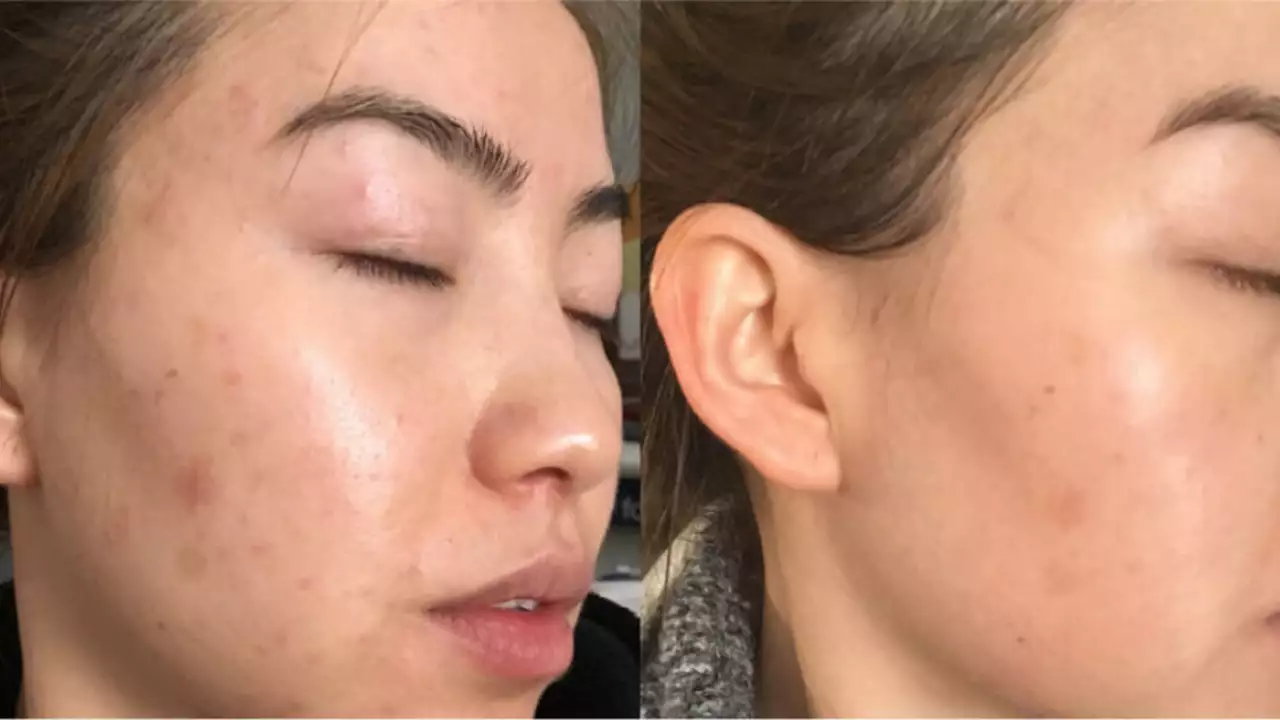Skin problems can be simple or tricky. Whether you're dealing with acne, a rash, or a stubborn infection, the right skin treatment starts with figuring out what's going on. This page gives fast, practical steps to help you choose safe treatments and know when to see a pro.
First, identify the issue. Is it oily acne, dry flaky patches, red itchy spots, or a painful lump? Acne often needs different care than fungal rashes or bacterial infections. If the problem looks infected—spreading redness, pus, fever—get medical help quickly. For mild acne, start with gentle cleansing and a non-comedogenic moisturizer. Avoid scrubbing; it makes inflammation worse.
OTC options can work well. Use benzoyl peroxide or salicylic acid for mild to moderate acne. For dry or irritated skin, look for ceramide or hyaluronic acid moisturizers. Anti-fungal creams (clotrimazole, miconazole) treat ringworm or yeast rashes. Use products as directed and give them a few weeks—skin needs time to respond.
Topical retinoids (adapalene) are strong tools for acne and clogged pores, but they can cause dryness and sensitivity. Start slowly—every other night—and use sunscreen daily. If you reach for topical steroids for a rash, keep use short and follow guidance; overuse can thin skin and cause rebound problems.
Some skin infections and moderate-to-severe acne respond to oral antibiotics like doxycycline or other tetracyclines. These antibiotics reduce bacteria and inflammation, but they have side effects. One key risk is photosensitivity—your skin can burn easier in the sun. Tetracyclines also don't mix well with certain minerals and supplements, so take them as your prescriber says.
If antibiotics are suggested, ask your clinician about the intended duration and follow-up. Stopping early or using them too long can encourage resistance. For prescription options and safe buying tips, you might find useful guides on tetracycline antibiotics and Vibramycin alternatives on this site.
Also consider non-drug approaches: consistent sleep, balanced diet, avoiding heavy makeup when skin is flaring, and gentle laundry detergents can reduce irritation. For wound care, clean gently, apply a simple dressing, and watch for worsening signs.
When to see a dermatologist? If a condition lasts more than a few weeks, gets worse despite treatment, causes pain, scarring, or affects your quality of life, book a consult. Dermatologists can offer targeted treatments—prescription topicals, laser, or procedures—that over-the-counter options can't match.
Finally, be cautious buying prescription meds online. Use reputable pharmacies and check reviews. This site has practical guides about buying medications safely and alternatives commonly used for skin-related conditions. If you're unsure, ask a healthcare provider before starting anything new.
Patch testing new products is smart: put a small dab behind your ear or inner arm for 48 hours to check for reactions. Babies and pregnant people need extra caution—avoid strong retinoids and certain antibiotics unless your doctor approves. Sunscreen matters year-round; many treatments raise sun sensitivity. If you want deeper reading, check our articles on tetracyclines and practical drug guides and safety.

In my latest blog post, I explore the use of hydroquinone, a popular skin-lightening agent, on larger areas of the skin. I discuss how it works, its effects, and potential safety concerns. While it's effective at fading discolorations, overuse can lead to issues like skin irritation or a condition called ochronosis. It's crucial to use hydroquinone carefully and under the supervision of a dermatologist. Tune in to learn more about this potent compound and how to use it safely for body care.